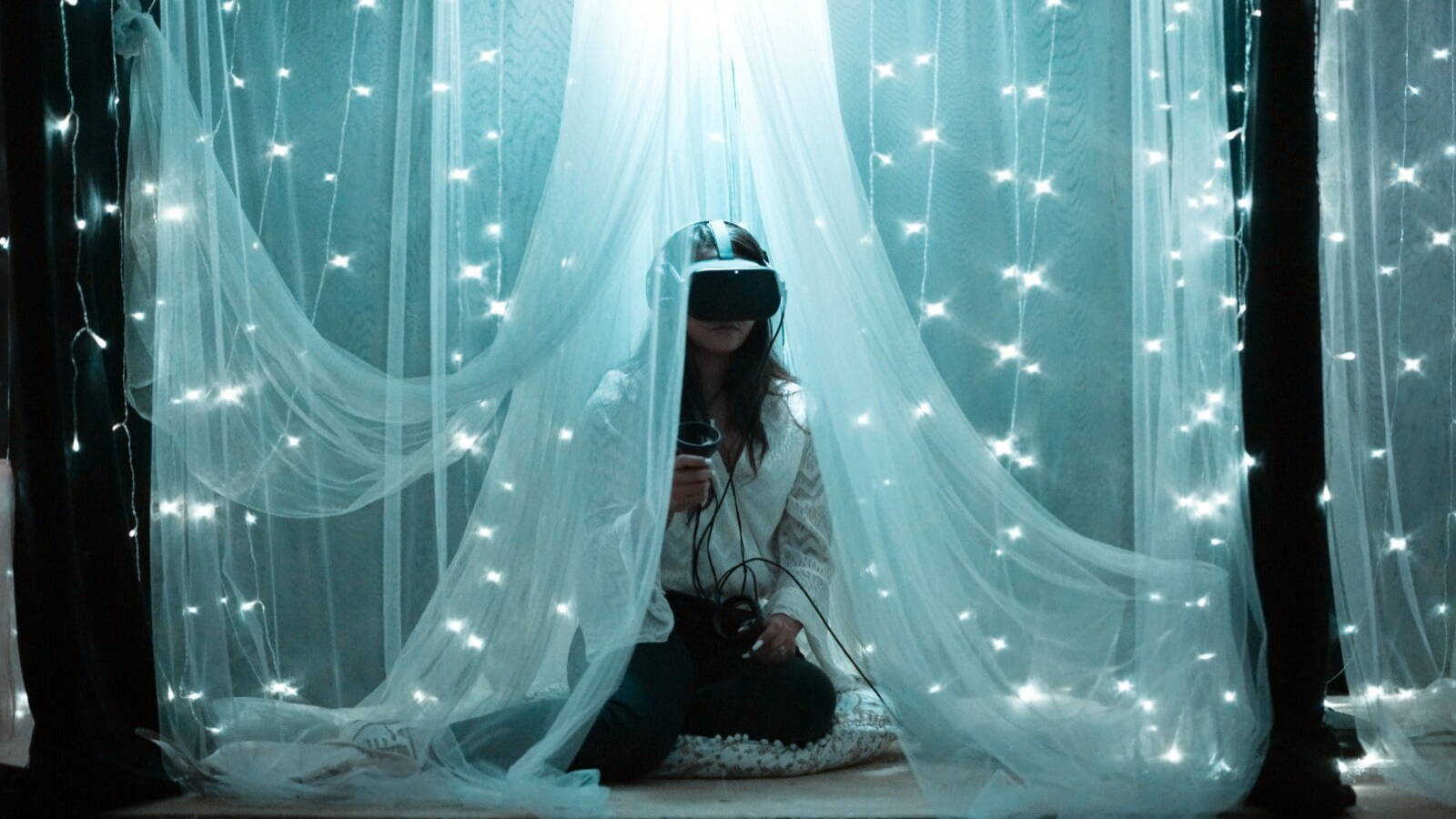
Virtual Office Trailblazing: The Exciting Future of VR and AR at Work
Virtual Reality (VR) and Augmented Reality (AR) have grown far beyond their origins in gaming and entertainment. Looking ahead, we can anticipate the incorporation of these game-changing technologies into various aspects of our professional lives, reshaping how we work, collaborate, and interact with our surroundings. Let's look into the fascinating possibilities of VR and AR in the workplace, and consider the numerous benefits they could bring to a variety of industries.
Changing the Dynamics of Collaboration and Remote Work
The trend toward remote work has gained traction in recent years, prompting the emergence of VR and AR as innovative solutions for connecting employees scattered around the world. Virtual gathering spaces, such as those provided by companies such as Spatial or MeetinVR, create immersive environments for team collaboration, allowing colleagues to communicate and exchange ideas as naturally as if they were physically present.
Constantly evolving training and skill development
By delivering engaging and immersive experiences that closely resemble real-world scenarios, VR and AR provide remarkable platforms for training and skill acquisition. Healthcare, manufacturing, and aviation are already leveraging the potential of these technologies for training. Medical students, for example, can practice surgical procedures in a risk-free virtual environment, while workers on AR-assisted assembly lines can see step-by-step instructions in real-time, reducing errors and increasing efficiency.
Increasing Productivity and Accelerating Workflows
Incorporating augmented reality into daily work routines can help to speed up workflows and boost productivity. AR smart glasses, such as Microsoft'sHoloLens or Google Glass Enterprise Edition, allow employees to access digital data, visual assistance, and real-time analytics while working hands-free. AR can superimpose blueprints, dimensions, and project updates over the physical workspace in fields such as construction and engineering, speeding decision-making and fostering better collaboration.
Developing Empathy and Accepting Inclusivity
In the workplace, virtual and augmented reality have the potential to foster empathy and inclusivity. VR experiences that simulate scenarios that allow users to "step into someone else's shoes" can help users gain a better understanding of others' points of view. This can be especially useful in promoting diversity and recognizing the challenges faced by people with disabilities or from different cultural backgrounds.
Design Innovation and Immersive Visualization
Architects, interior designers, and product designers can use VR and AR to develop, visualize, and refine designs more precisely. By combining 3D modeling and VR, design professionals can create true-to-life experiences that allow clients to comprehend the final product before construction or production begins. This not only saves time and money, but it also improves communication between clients and designers.
Conclusion
VR and AR have enormous potential in the workplace, providing opportunities to improve collaboration, enhance skill development, accelerate workflows, and foster empathy and inclusivity. As these technologies advance and become more accessible, it is critical for organizations to embrace the virtual landscape and prepare for the transformative impact of VR and AR on our professional lives.

